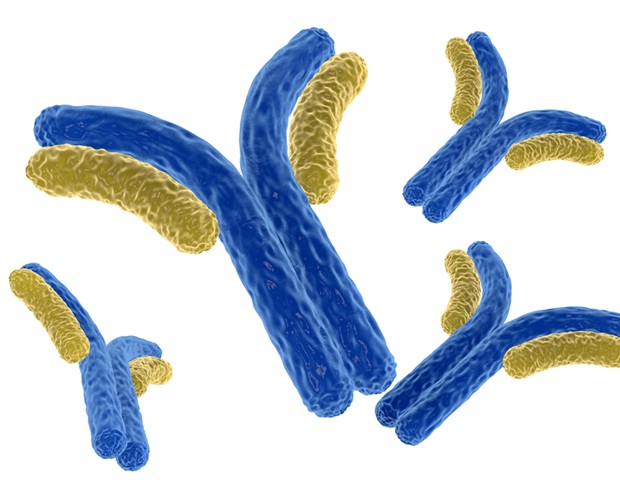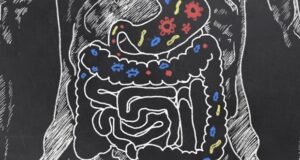
We all age. And while humanity’s life expectancy has increased dramatically in the modern era, we still struggle with the inevitable health issues our bodies face as we get up in the years. For example, the decrease of muscle mass and function, leading to weakness and atrophy. This is a pressing concern in a super-aging society like Japan where-;while people live longer-;without proper muscle strength, quality of life can be drastically diminished.
In findings that may eventually lead to targeted therapies that treat age-related muscle atrophy, a group of researchers from Kyushu University have developed a new antibody that targets and prevents the dysfunction of the protein hepatocyte growth factor or HGF: a critical factor in skeletal muscle development, regeneration, and repair. Their findings were published in the journal Aging Cell.
Muscle growth and regeneration occurs thanks to a population of stem cells called satellite cells. When you train your muscles, or get injured, these satellite cells are activated to form new muscle fibers. One of the key activators that tells satellite cells to build new muscle is HGF.
“Earlier this year, our team found out that HGF undergoes a process called nitration. This is when a molecule of nitrogen dioxide attaches to the amino acid tyrosine on the protein,” explains Professor Ryuichi Tatsumi of the Faculty of Agriculture who led the study. “This is a common modification we see in biology. However, we found that HGF loses its physiological activity when it becomes nitrated, and this phenomenon accumulates with age.”
Based on this, Tatsumi and his team wanted to find a way to block nitration on the HGF protein. One of the most effective ways of doing this is to develop antibodies that bind to the protein and block it from being nitrated in the first place.
“To be specific, nitration happens on the 198th and 250th tyrosine amino acid on HGF. So, using rat cell cultures, we developed and screened a series of antibodies that would specifically bind to these areas and block nitration,” continues Tatsumi. “After a series of tests, we found two candidate antibodies: 1H41C10 and 1H42F4N. Antibody 1H42F4N blocked nitration of the 198th tyrosine. Surprisingly, 1H41C10 blocked both tyrosine sites.”
Through further testing the team found that the new antibodies did not disrupt HGF activity itself, meaning it could still activate satellite cells.
The team is excited about their new findings and the significant potential it has in developing new treatments for age-related muscle atrophy along with other health condition related to impaired muscle regeneration.
Of course, further work is needed before we see a use case in humans, but we are encouraged by the great potential our work has uncovered. HGF has numerous important functions in a variety of tissues and organs throughout the body. With further researcher we may be able to find other therapeutic applications of HGF in other pathologies.”
Professor Ryuichi Tatsumi, Faculty of Agriculture, Kyushu University
Source:
Journal reference:
Tanaka, S., et al. (2024). In vitro immuno‐prevention of nitration/dysfunction of myogenic stem cell activator HGF, towards developing a strategy for age‐related muscle atrophy. Aging Cell. doi.org/10.1111/acel.14337.




